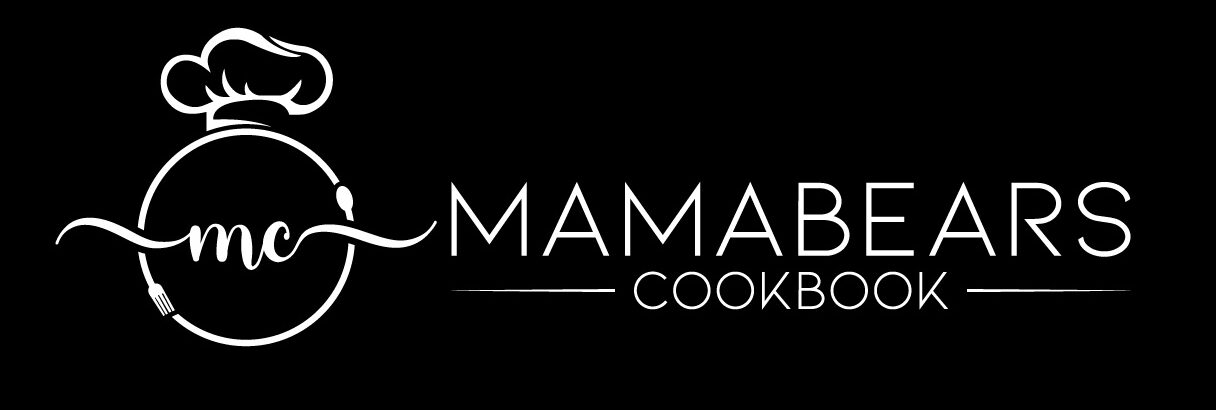The ketogenic diet boasts a myriad of potential health benefits, ranging from accelerated weight loss to increased mental clarity. With an ever-growing interest in adopting keto as part of a healthier lifestyle, many fitness enthusiasts and athletes are investigating how a low-carb, high-fat diet can complement and enhance their exercise routines. Striking the perfect balance between nutrition, performance, and recovery is vital in maximizing the benefits of a keto-infused fitness regimen.
In this guide, we’ll delve into the intricate relationship between keto and exercise, exploring the importance of maintaining a balance between your nutritional demands, workout performance, and recovery needs. With Mama Bear’s Cookbook as your comprehensive resource, you’ll be well-equipped to energize your keto lifestyle, attain your fitness goals, and cultivate a healthier, more vibrant life.
Embracing the symbiosis between the ketogenic diet and exercise can propel you toward optimal fitness and overall well-being. Armed with the knowledge of how to effectively balance your nutrition, performance, and recovery on a low-carb diet, you’ll unlock the full potential of your workouts and pave the way for a fit, energized, and invigorating life. Turn to Mama Bear’s Cookbook for continued guidance and inspiration as you harmonize your keto lifestyle with your fitness aspirations, empowering you to achieve and maintain peak health and vitality.
1. Understanding the Ketogenic Diet and Exercise Performance
To effectively merge your keto lifestyle with an exercise regimen, it’s crucial to understand how a low-carb, high-fat eating pattern can impact your workout performance and energy levels.
- The Energetic Shift: From Glucose to Ketones
When adopting a ketogenic diet, your body transitions from relying on glucose as its primary fuel source to using ketones derived from fats. This metabolic shift may initially result in a temporary drop in energy levels and performance as your body adapts to its new fuel source.
- Exercise Intensity Matters
The type of exercise you engage in significantly influences how your body uses fuel during workouts. High-intensity exercises – such as sprinting and heavy lifting – predominantly rely on glucose, while low-to-moderate intensity activities – such as jogging, cycling, or yoga – primarily use fat as fuel.
- The Adaptation Phase: Becoming Fat-Adapted
Once your body becomes accustomed to utilizing ketones for energy – a state known as fat-adaptation – you may experience enhanced endurance and steady energy levels during low-to-moderate intensity workouts.
2. Fueling Your Workouts: Nutrition Tips for Peak Performance on Keto
Maximize your exercise performance on a ketogenic diet by adequately fueling your body with the right nutrients and caloric intake.
- Macros Matter: Protein, Fats, and Carbs
Though keto heavily emphasizes consuming healthy fats, it’s essential not to overlook the importance of protein intake and consider a slight increase in carbohydrates on workout days.
- Protein: Consuming adequate protein helps maintain muscle mass and supports recovery. Aim for approximately 1.2 to 1.7 grams of protein per kilogram of body weight.
- Fats: Healthy fats like avocado, coconut oil, and olive oil provide sustained energy during workouts.
- Carbs: Exercisers may benefit from a modest carb boost pre- and post-workout to provide an additional fuel source for high-intensity activities and aid recovery.
- Pre-Workout Nutrition
Before your workout, prioritize a meal or snack with the following:
- Moderate protein: Avoid heavy protein consumption, as it may slow digestion and cause discomfort during exercise.
- Healthy fats: Opt for easily digestible fats, such as MCT oil, which can provide quick energy.
- Low-carb veggies: A small portion of low-carb vegetables may offer beneficial micronutrients and fiber.
- Post-Workout Nutrition
For optimal recovery, choose a meal or snack composed of the following:
- Quality protein: To support muscle repair and growth, consume protein-rich foods like chicken, fish, or dairy within 30 minutes to 1 hour after your workout.
- Essential nutrients: Low-carb greens, nuts, and seeds provide necessary vitamins, minerals, and antioxidants.
- Good fats: Consuming healthy fats, such as avocado or nuts, helps replenish energy stores and support satiety.
3. Enhancing Exercise Performance on a Ketogenic Diet
Unlock the full potential of your workouts on a keto diet by implementing tips and strategies to boost performance.
- Hydration and Electrolyte Balance
Staying hydrated and maintaining a proper electrolyte balance are crucial for peak performance on keto.
- Drink water: Aim for at least 8 cups of water daily and consume extra fluids during workouts.
- Electrolyte supplementation: Supplement with electrolytes, such as sodium, potassium, and magnesium, to prevent imbalances that may contribute to fatigue or muscle cramping.
- Workout Timing
Experiment with the timing of your workouts and meals to determine the optimal combination for your individual needs.
- Fasted or fed-state exercise: Some individuals may perform better during fasted workouts, while others may require a pre-workout snack or meal to maximize performance.
- Schedule flexibility: Adjust your workout schedule based on energy levels and personal preferences to ensure optimal results.
- Gradual Progression
Transitioning into a new exercise regimen or adapting to the ketogenic diet can initially be taxing on your body. Allow time for adaptation and gradually increase exercise intensity and duration to avoid undue stress or injury.
4. Optimizing Recovery on a Ketogenic Diet
Recovery is a crucial component of any exercise regimen, as it allows your body to repair and grow stronger. Implement these strategies for optimal recovery on a keto diet.
- Prioritize Sleep
Aim for 7-9 hours of restorative sleep per night, as it’s essential for muscle recovery, hormonal regulation, and cognitive function.
- Refuel and Replenish
Post-workout meals that include quality protein, healthy fats, and essential nutrients support muscle repair and replenish energy stores, setting the stage for peak performance in your next workout.
- Active Recovery and Stretching
Incorporate active recovery days, such as light yoga or walking, and practice regular stretching to promote flexibility, reduce muscle soreness and stress, and enhance overall well-being.
5. Conclusion
Effectively integrating keto and exercise can unleash a powerful combination for optimal health and fitness. By understanding how a low-carb diet impacts your performance, fueling your body with the right nutrients, and implementing strategies to enhance workouts and recovery, you can invigorate your wellness journey with renewed energy and vitality.
FAQ:
1. Is the ketogenic diet suitable for athletes and fitness enthusiasts?
Yes, the ketogenic diet can be a suitable option for athletes and fitness enthusiasts, as it may enhance endurance and improve body composition. However, it’s crucial to ensure that you’re consuming adequate nutrients and calories to fuel your workouts and support recovery.
2. Can I consume carbohydrates on a ketogenic diet?
Yes, you can consume carbohydrates on a ketogenic diet, but it’s essential to keep them in moderation and focus on low-carb options like leafy greens, nuts, and seeds. Consuming too many carbohydrates can kick you out of ketosis and interfere with your weight loss and performance goals.
3. How can I ensure proper hydration and electrolyte balance on a ketogenic diet?
Staying hydrated is essential on a ketogenic diet, and you should aim to drink at least 8 cups of water daily and consume extra fluids during workouts. Supplementing with electrolytes like sodium, potassium, and magnesium can help prevent imbalances that may contribute to fatigue or muscle cramping.
4. How can I optimize recovery on a ketogenic diet?
Prioritizing sleep, consuming quality protein, healthy fats, and essential nutrients, incorporating active recovery days, and practicing regular stretching can all support recovery on a ketogenic diet.
5. Can I engage in high-intensity workouts on a ketogenic diet?
While high-intensity workouts may primarily rely on glucose as fuel, it’s still possible to engage in these activities on a ketogenic diet. However, it’s crucial to ensure that you’re consuming adequate calories and nutrients to support your performance and recovery needs.
Mama Bear’s Cookbook is here to support you every step of the way, providing expert guidance and the motivation you need to thrive in a keto-friendly fitness journey. Embrace the synergy of keto and exercise, and witness the transformative power of this dynamic duo on your health, well-being, and life. Check out our features to find quick and easy keto recipes!


